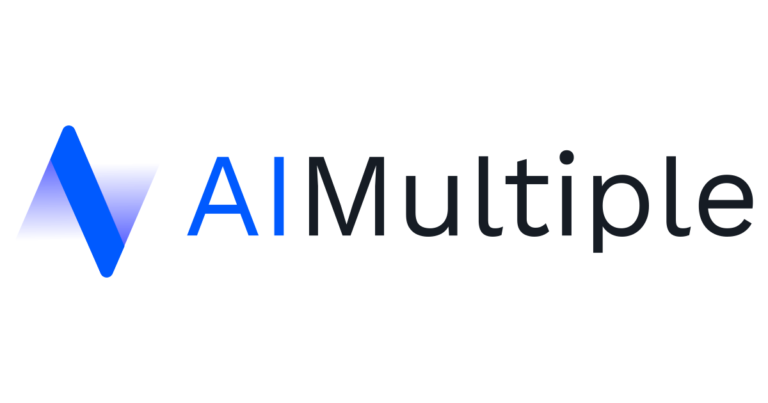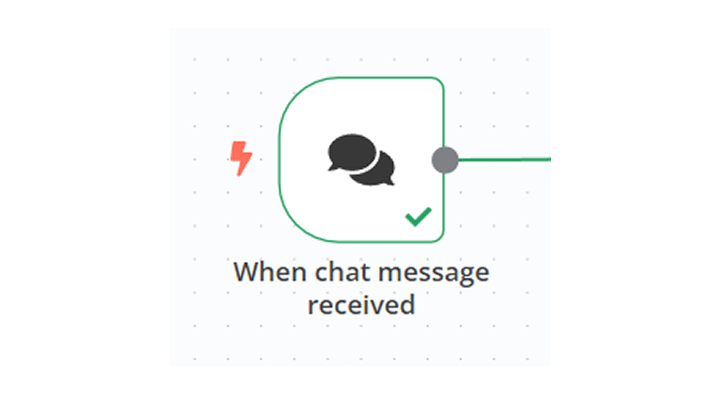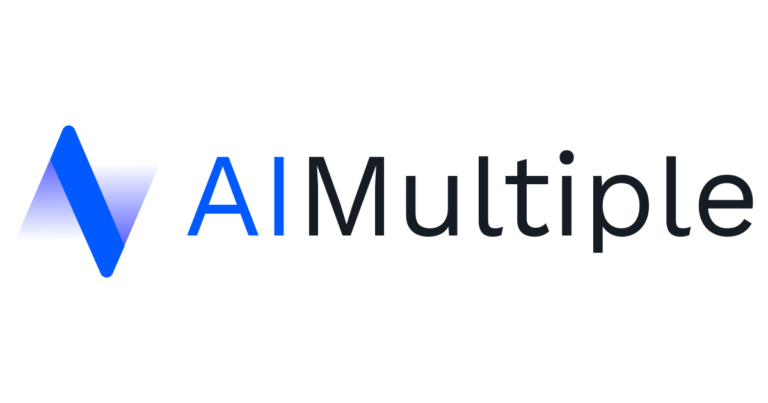Model Context Protocol (MCP) and Its Importance in 2025
Model Context Protocol (MCP) is an open protocol that standardizes how applications provide context to LLMs. More simply, it enables applications to connect to AI models, helping to achieve standardized results.
Why is it important?
MCP servers are becoming more popular because of their integration capabilities with AI systems. This has become an essential feature for AI users since the lack of standardized communication and data transfer with AI systems makes using specific tool capabilities hard.
MCP solves these problems by offering a standardized way to connect AI models to other applications and tools.
For a web developer using a vibe coding tool like Cursor, MCP can help make direct Figma integration easier for the design-to-code process. After implementing the design easily with the Figma MCP server, that developer can also use a Stripe MCP to help get payments. Without MCP integrations, this developer will be unable to use Stripe easily and will have to explain the AI coding tool process step by step to get a more non-standardized result.
AI systems and model context protocol
Model Context Protocol (MCP) creates a standardized interface for agents’ interactions with their environment and tools. MCP interacts with AI agents with:
- Tool/Function Calling: MCP establishes standard formats for agents to call external tools or functions. This allows agents to extend their capabilities beyond just generating text by accessing databases, querying APIs, or manipulating files through a consistent interface.
- Context Management: MCP helps agents manage their working memory and input context more effectively by providing structured ways to retrieve and process information. This is crucial for agents that need to maintain state across multiple interactions.
- Agent Orchestration: When multiple agents need to work together, MCP provides protocols for how they communicate with each other, share data, and coordinate tasks. This enables more complex multi-agent systems.
- Action Planning: MCP can help structure how agents formulate plans, breaking down complex tasks into sequences of actions with clear inputs and outputs at each step.
- Standardized I/O: By standardizing how information flows in and out of the agent, MCP makes it easier to build, debug, and iterate on agent systems. Developers can focus on agent capabilities rather than building custom interfaces for each integration.
- Environmental Feedback: MCP defines how agents receive feedback from their actions, allowing them to learn from mistakes and adjust their approach based on results.
- State Persistence: MCP provides conventions for maintaining and retrieving the state between sessions for long-running agents.
The overall goal is to create more capable, reliable, and interoperable AI agent systems by establishing clear protocols for interacting with their environment, tools, and other agents.
Real-life examples
With more users starting to use AI coding tools, the need for MCP servers for different data sources and tools increased. To solve that, a Figma MCP server is being used; it can easily connect with Cursor, Windsurf, Cline, etc, to make the design-to-code process easier for users.
Building and configuring MCP servers
An MCP server acts as middleware between AI models and the tools they use, consisting of:
- Request Handler: Processes incoming model requests
- Tool Registry: Managing available functions and their specifications
- Context Manager: Storing conversation history and working memory
- Authentication: Verifying permissions for tool access
MCP servers can be written in any language that can print to stdout or serve an HTTP endpoint. The MCP configuration file uses a JSON format with a specific structure. Host application servers connect MCP clients to AI tools, allowing external systems to be used on AI applications.
FAQ
What is the future of MCP and AI integration?
Anthropic is actively developing remote MCP hosts to remove the local restriction. Users can also build their own MCP servers, which helps them integrate easily. AI systems interact with multiple servers, creating the needed tool response with increasing MCP servers.
What are the features of MCP tools?
MCP includes a permissions framework to control access and make adoption easy.
It uses a client-server architecture supported by JSON-RPC 2.0 and flexible transports.
MCP has diverse use cases like knowledge graph management, database queries, and API integrations.







